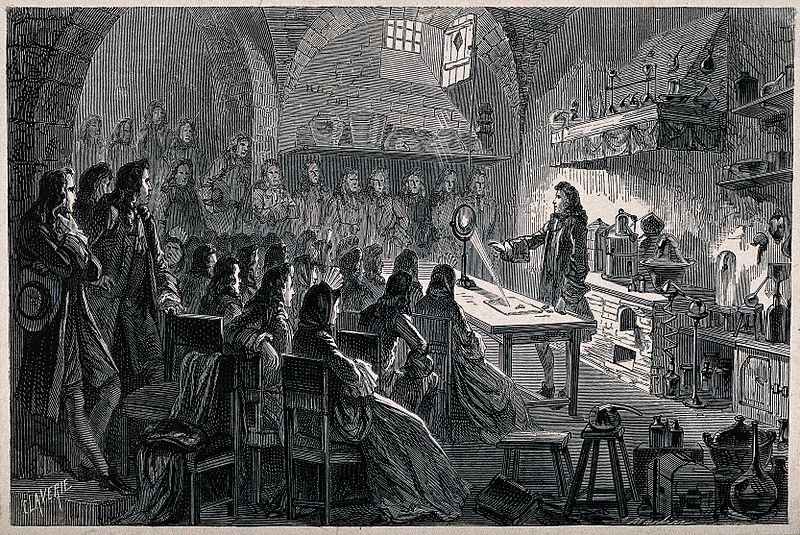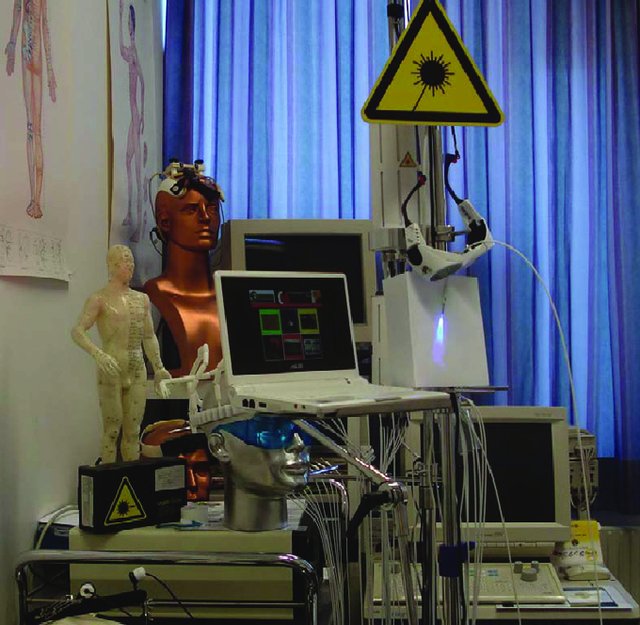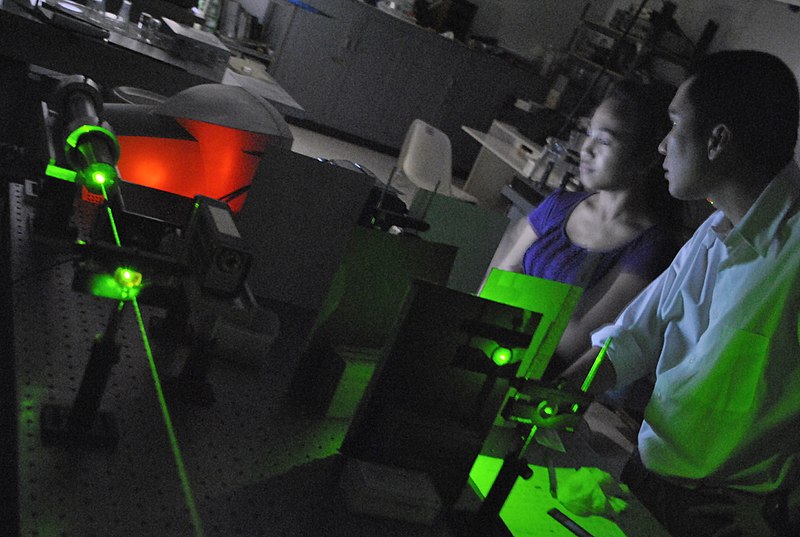
Sir Isaac Newton (?) showing an optical experiment to an audience in his laboratory. Wood engraving by Martin after C. Laverie.
The Laser Institute of America is revising its standard LIA Z136.8 Standard for Safe Use of Lasers in Research, Development, or Testing. This standard provides recommendations for the safe use of lasers and laser systems that operate at wavelengths between 180 nm and 1 mm and are used to conduct research or used in a research, development, or testing environment. This environment is not limited to universities and national laboratories, but includes medical research facilities and high-tech product development and evaluation settings.
Comments are due September 2nd.
You may obtain an electronic copy from: https://www.lia.org/store/product/z1368-safe-use-lasers-research-development-or-testing-draft-publicreview. Order from: Liliana Caldero, (407) 380-1553, lcaldero@lia.org. Send comments to Liliana with an optional copy to psa@ansi.org.
The LIA standards catalog is linked below:
Note that LIA does not yet have a dedicated landing page for standards development but instead uses ANSI Standards Action to announce public commenting opportunities. We draw them out to get the opportunity known to the education facility industry.
We are happy to discuss this commenting opportunity with anyone ahead of the deadline any day at 11 AM Eastern Time. We also host a monthly Risk Management teleconference in which many safety standards are on the standing agenda; the LIA suite among them. See our CALENDAR for the next online meeting.
Issue: [19-144]
Category: Facilities Asset Management, Risk Management, Public Safety
Colleagues: Richard Robben, Markus Schaufele
LEARN MORE:
State and local government laser safety requirements
#DidYouKnow lasers didn’t just win the Nobel prize in 2018.
In 2017, that award went to team leaders at the Laser Interferometer Gravitational-wave Observatory (LIGO), who were first to measure long-predicted ripples in space-time.
Photo Credit: LIGO pic.twitter.com/SVR1WmGcpo
— The Laser Institute [ICALEO 2019] (@LaserInstitute) December 3, 2018










